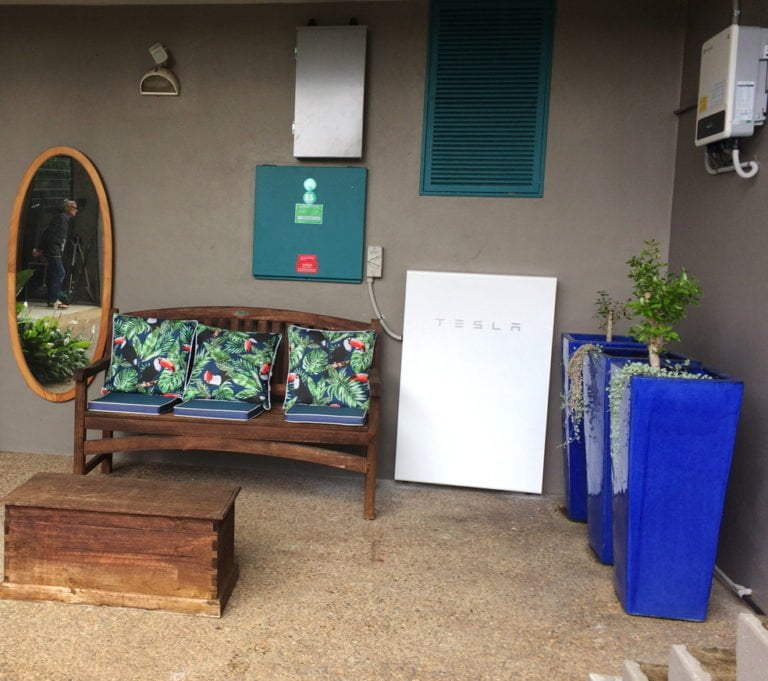How to stop paying for electricity
How to stop paying for electricity is easy. This article shows how. Going almost totally off-grid is more affordable than ever. Now the electricity provider pays us. You can do the same – here’s how.

Solar is now cheap
We always wanted to stop paying for electricity, and now we virtually have. It is getting easier to free yourself from dependence on the grid.
Many governments subsidise home solar. Most buyers, however, purchase only small systems: typically 1.5 or 2.4 kW (kilowatts). These, in Australia in early 2019 cost A$2500 -A$3000 installed. This helps reduce existing bills, but increasing solar capacity is truly worth considering.
Our (NSW government) subsidised 6 kW system cost us A$4350. It produces an average of 25-40 kilowatt hours a day. We initially paid the electricity supplier A$ 0.27 per kW/h for about three hours each night. We sold the daytime surplus (of an averaged 17 kWh/day) for a contracted 20 cents per kilowatt-hour for two years. This brought in about A$1200 a year. The initial cost of installation was A$4500. The result was then free power plus an increasing yearly income inside four years.
How to stop paying for electricity – adding battery backup to our solar array
As with many others, we prefer not to totally rely on grid-power – even as a back-up. Having self-built our own 3.8 kW stand-alone system in Australia’s Kimberley, we knew that do this is totally feasible. But unless electricity exceeds about $1 a kilowatt/hour it is currently not a money-saving thing to do. Whilst going totally off-grid still appeals we settled on a compromise that is proving very satisfying.
We added a 14 kW/h Telsa battery bank that supplies our typical three/four kilowatt/hour early morning and evening energy draw, and copes with periods of overcast sky. As with any large solar array, even that still results in some solar input. The grid-connection has been retained – but mainly for selling our still considerable surplus. The grid acts now mainly as a ‘belts and braces’ back-up in the event of solar failure. It is occasionally drawn on to top up the Tesla battery bank – but rarely for more than about five hours a week (in early winter).
Being virtually non-grid reliant has a ‘feel-good’ value. It has no price! See also our article on the following: battery capacity required.
Further information
Our related book Solar Success explains and illustrates in detail how to a great deal of money when doing all of the above. Tens of thousands of people worldwide have bought it. We promise to return your full purchase price at any time if not totally satisfied. The digital version is downloadable right now by clicking on Solar Success. The print version is stocked by all Jaycar stores in Australia and New Zealand. It is also stocked by many bookshops in both countries – and can be ordered through them if not stocked. The book can also be bought by email (from anywhere in the world) from booktopia.com.au




